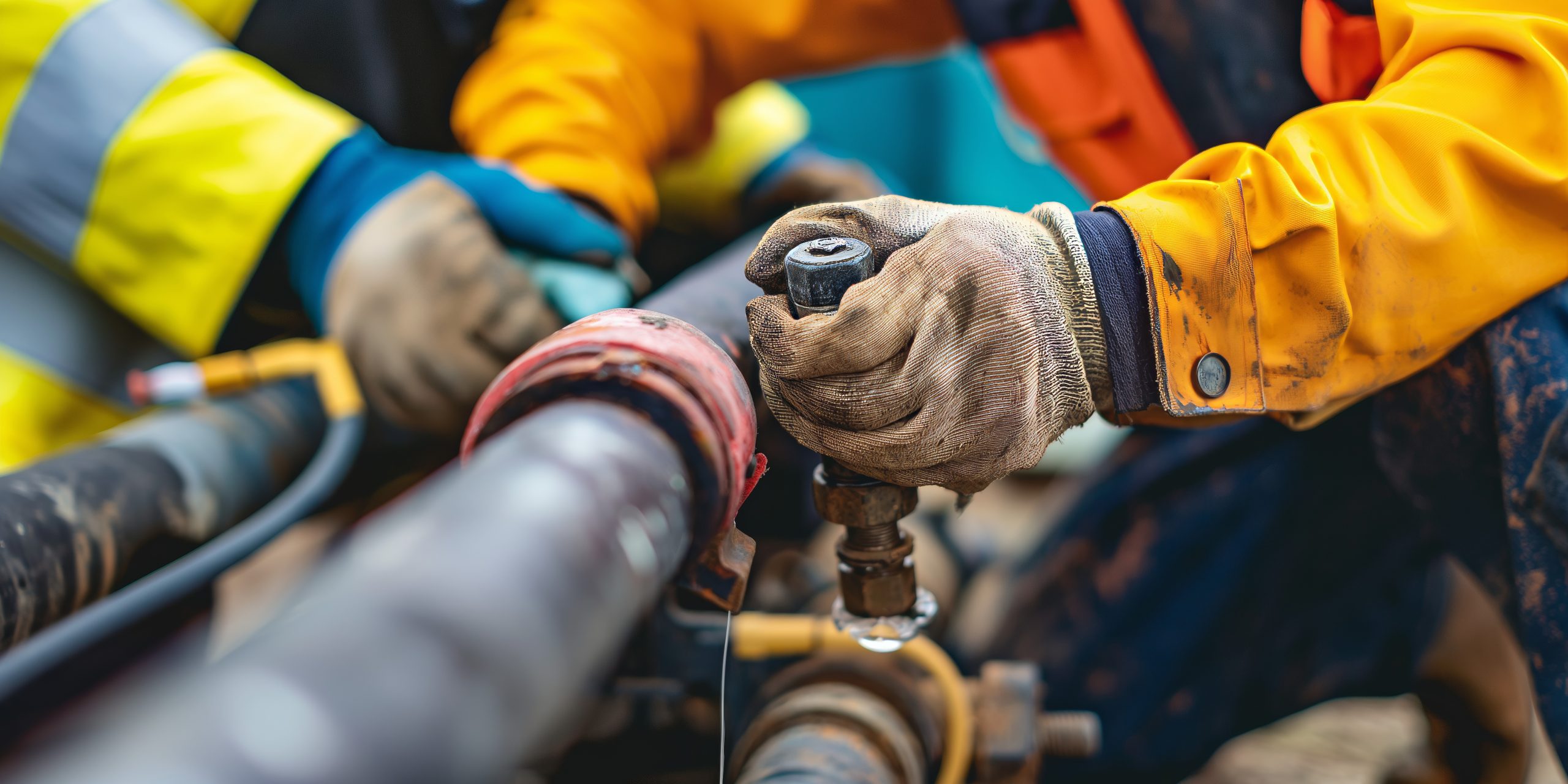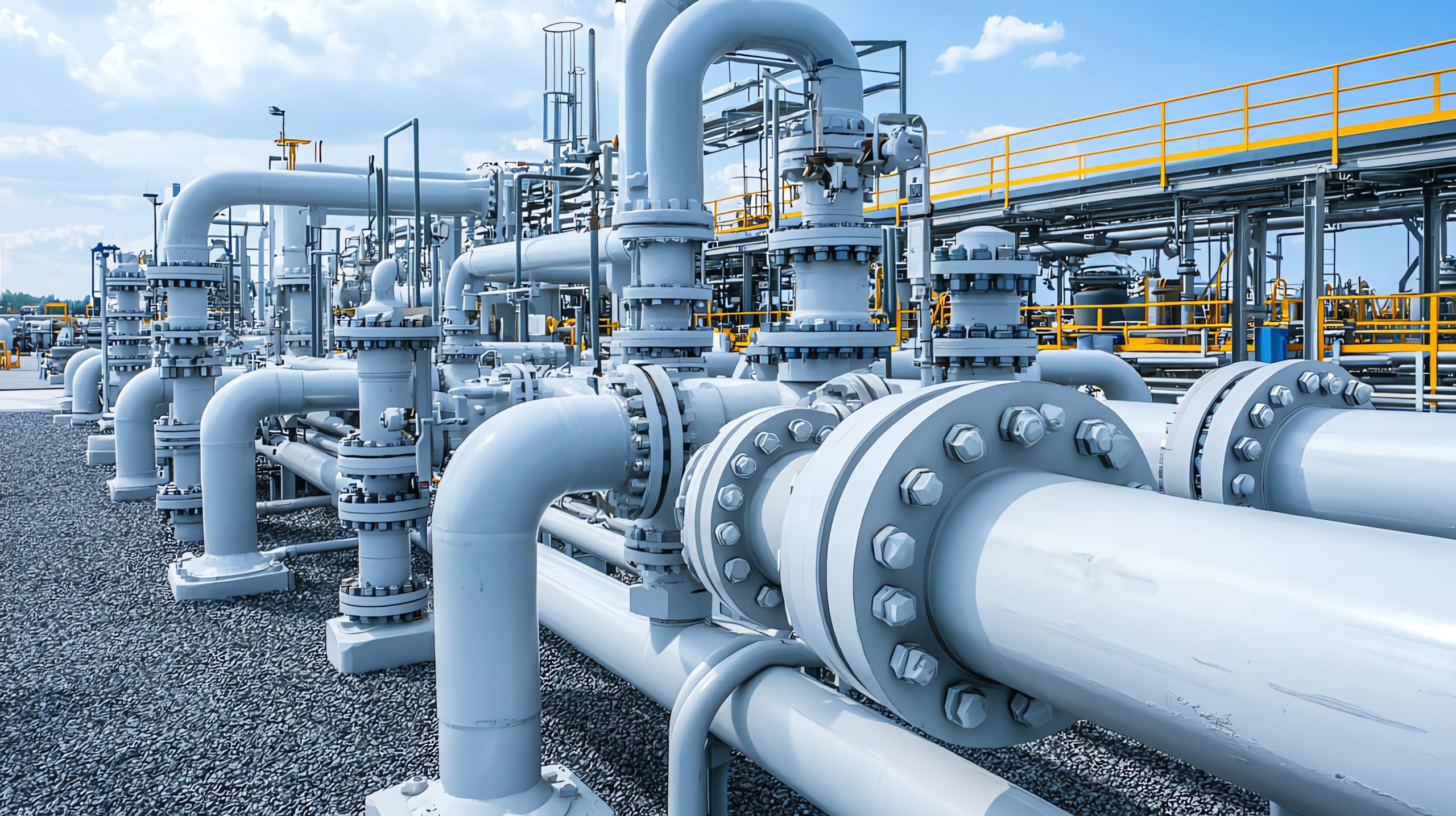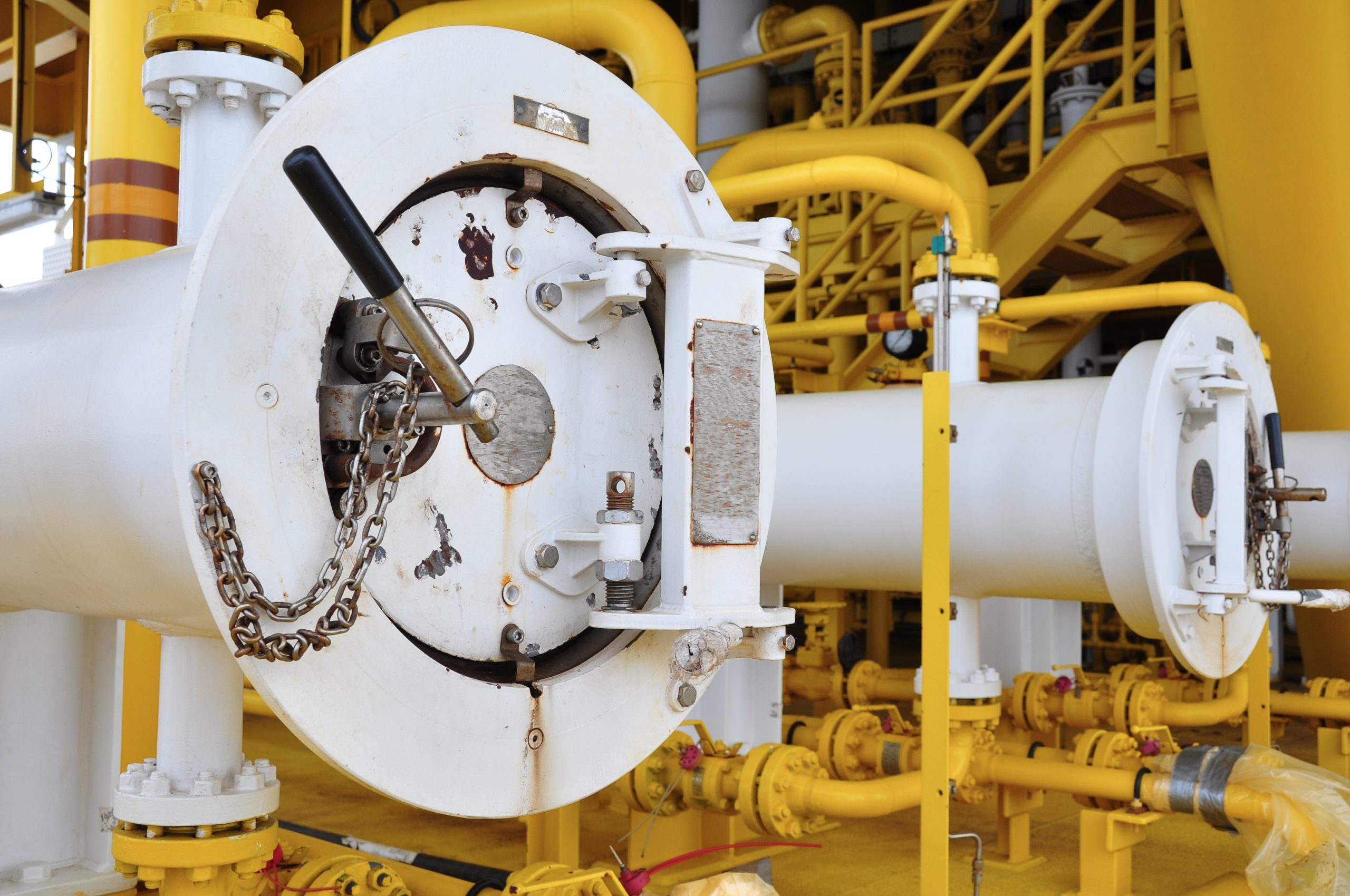Pipeline Practices
PIP Pipeline Practices focuses on identifying, developing, and publishing material, design and construction specifications and related practices for metallic and nonmetallic pipeline systems.
The PIP Pipeline team focuses on the needs of the Oil & Gas Transportation industry
Areas include Pipeline Engineering, Material Selection, Fabrication, Installation, Testing, and Examinations and, specifically, Installation Stringing, Piping Pressure Testing, Pipe Bending, Pig Trap Design, and more.
Why PIP Pipeline Practices?
PIP Pipeline Practices is the first of its kind to focus specifically on the pipeline industry.

Examples of Pipeline Practices
Engineering Guidelines including Piping Matting and Cribbing, Examination and Leak Testing, Stress Analysis Criteria, Pipe Bending, Pig Trap Design and more.
Use-of-Pipeline Guidance including a Pipeline Systems Valve Tag Number Designator System and Pipeline Material Specifications (PMS) Index.
- Pipeline Fabrication, Installation, Testing and Examination Requirements and Specifications.
- Additional guidelines including for Potholing, Cathodic Protection, Pipeline Systems Material Specification, Pressure Testing of Metallic Piping, and Handling, Hauling, and Stringing for Pipelines.
- Piping Material Specifications for more than 20 specific Pipeline Systems.
- Carbon Steel Check, Plug, Ball, Gate, and Globe Valve Descriptions.

Installation Stringing of Pipelines
Best practices come together in this standard for the Installation Stringing of ASME B31.4 and B31.8 Metallic & Non-Metallic Pipelines, managing the integrity of the pipe and coating while maintaining the safety of personnel involved in the construction. It includes requirements for handling, hauling, and stringing of the pipelines.

Pressure Testing Metallic Piping
This practice provides pressure testing guidance for pipelines designed and constructed to ASME B31.8 Gas Transmission and Distribution Piping Systems and B31.4 Pipeline Transportation Systems for Liquids and Slurries Standards and includes procedures, practices, and precautions to be used in pressure testing these types of metallic pipelines.

Pipe Systems Bending Guideline
This practice was born out of a need for guidance surrounding the evaluation, selection, and specification of pipe bends for on-shore metallic pipelines designed and constructed for ASME B31.8 Gas Transmission and Distribution Piping Systems and ASME B31.4 Pipeline Transportation Systems for Liquids and Slurries.

Pig Trap Design Guideline
This document provides guidance to enhance existing requirements and standards for the design and installation, maintenance, and operation of in-service pipeline pigging facilities, which permits the operator to run pipeline pigs for corrosion control, in-line inspection, and flow assurance programs.
